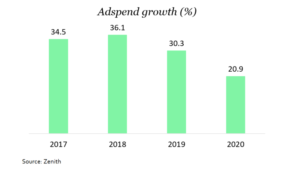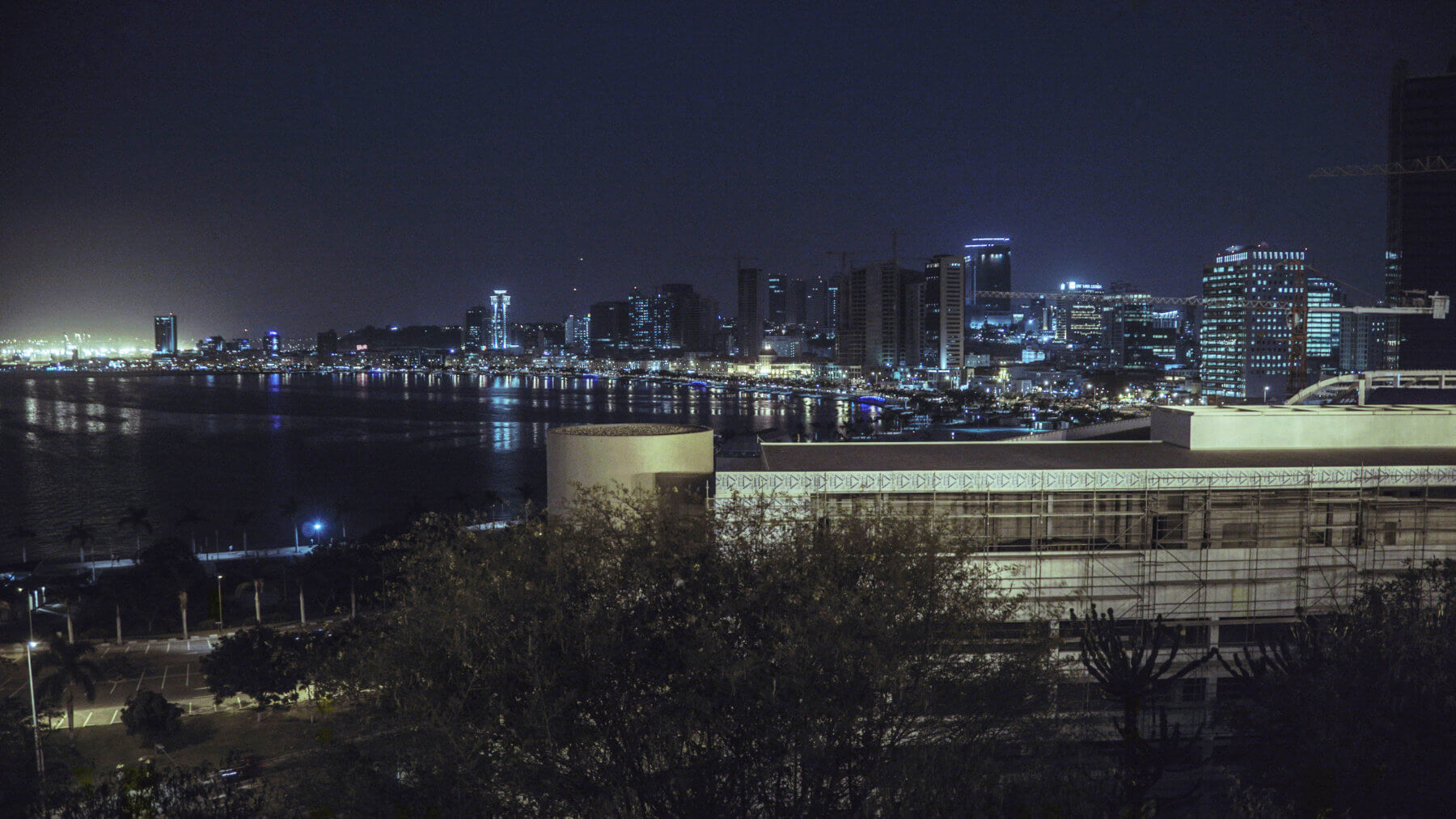In recent years Angola’s economy has been one of the fastest growing in the world, fuelling rapid growth in advertising.
We estimate that the advertising market in Angola currently amounts to around US$170 million, around 0.4% of GDP. Ad market growth slowed as the economy did mid-decade, but since 2016 we estimate it has enjoyed double-digit growth every year, and we predict further growth of around 30% this year, and of 21% in 2020. By this time we think the market will be worth around US$236 million, representing average growth around six times as fast as global adspend growth over the 2016-2020 period.

Angola is Africa’s second-largest producer of oil (after Nigeria), and unsurprisingly its economy is fairly dependent on oil revenue, which accounts for around 50% of GDP and around 92% of exports. Falling oil prices hit the country hard in 2016, and led to a halt in economic growth. However, the economy is predicted to return to growth in 2019; the IMF expects an expansion of 3.1%
All national media outlets are controlled by the state, although several private providers operate within more regional limits.
The government has traditionally kept a reasonably tight rein on media operators, and journalism can be a difficult profession here (the country could only manage 121st place out of 180 in the 2018 Press Freedom Index). However, social media are becoming more and more important as alternative news and entertainment providers, as well as fulfilling their basic function of keeping people connected. Listening to foreign radio channels online is very popular, for example.
Total internet penetration in Angola is still quite low at around 22%, but digital infrastructure is improving all the time. For a long time Angola Telecom enjoyed a monopoly thanks to its control of access to what was at the time the only international cable, but in 2012 the second international fibre cable was built (the West Africa Cable System), which helped bring down access prices for consumers. More recently, the SACS (South Atlantic Cable System), a submarine communications cable running between Brazil and Angola, opened to commercial traffic in September 2018, offering five times the speed of existing cable connections.
Mobile internet is also increasing in popularity as elsewhere, with the first online payments/digital wallet service available in the country (UseKamba) having been launched only in April 2018.
Newspapers
- Jornal de Angola (national, state-run)
- O País (by MediaNova)
- Folha 8 (by MediaNova)
- Nova Jornal (by Nova Vaga)
- Jornal dos Desportos (sports)
- Expansão (finance/economic)
TV channels
- Canal 1 (Televisão Popular de Angola or TPA, state broadcaster)
- Canal 2 (TPA – broadcasts in Luanda region)
- TV Zimbo (MediaNova – broadcasts in Luanda region and some other provinces)
- Palanca TV (satellite only)
- Fé TV (satellite only)
Radio stations
- Canal A (Radio Nacional de Angola or RNA, state broadcaster)
- Radio 5 (RNA – sport)
- Radio FM Stereo (RNA – music)
- Radio Ngola Yetu (RNA – cultural, broadcasts in 14 different languages)
- Radio Luanda (RNA)
- Radio Mais (MediaNova – broadcasts in Luanda, Huambo and Benguela)




